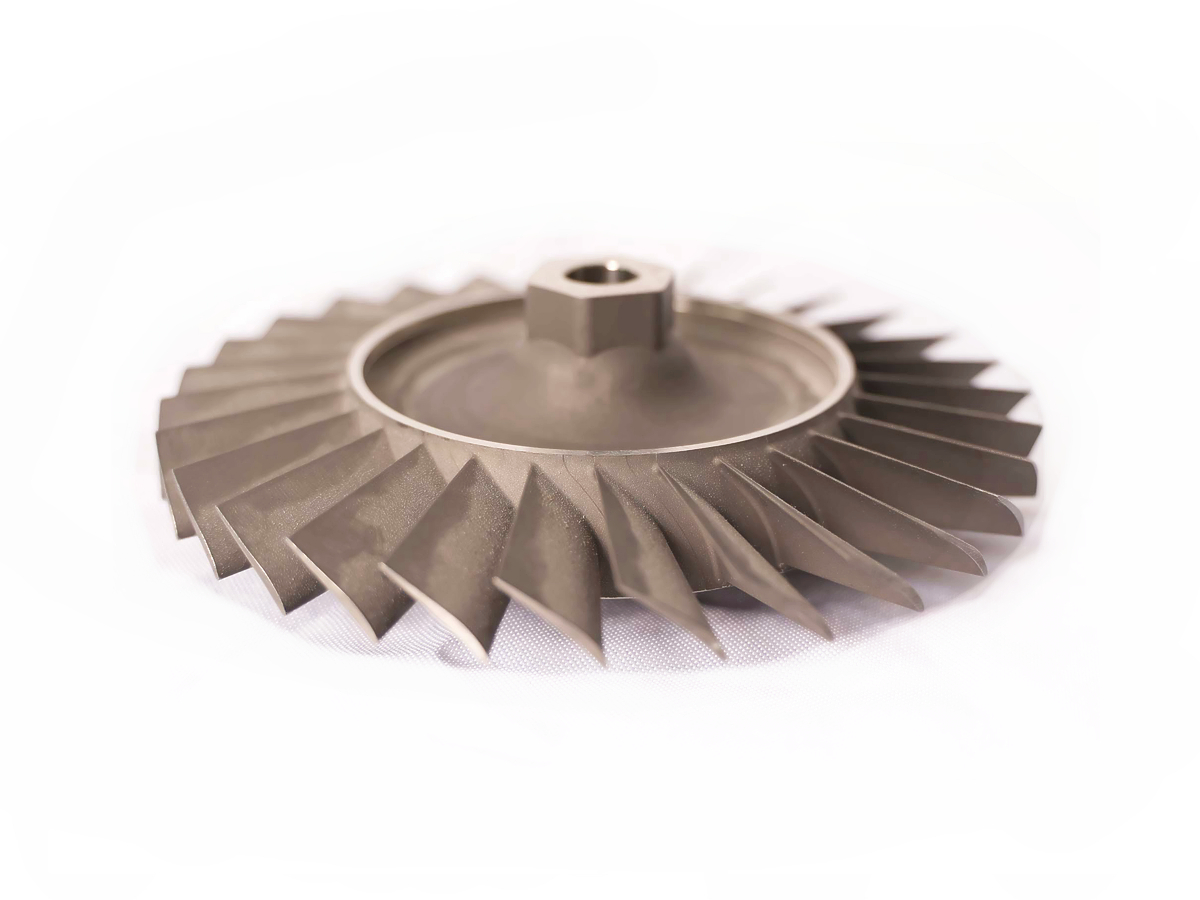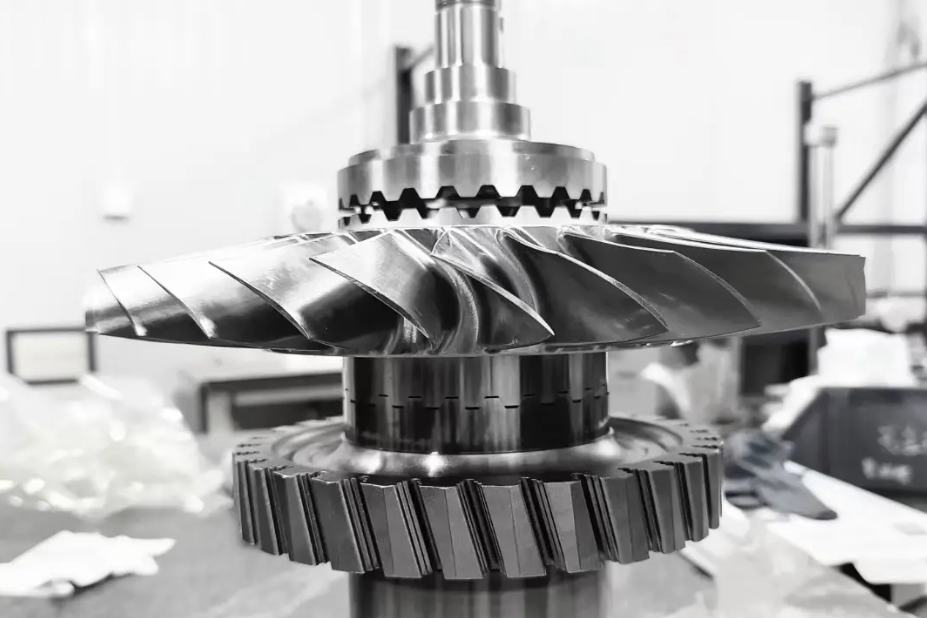Which materials provide both high-temperature strength and corrosion resistance?
Materials that simultaneously provide high-temperature strength and corrosion resistance represent a specialized class of engineering alloys, primarily designed for the most demanding applications in aerospace, energy, and chemical processing. The ability to retain mechanical strength while resisting environmental degradation at elevated temperatures is a critical but rare combination, achieved through sophisticated metallurgical design.
The Premium Solution: Nickel-Based Superalloys
This category is the undisputed leader for applications requiring the highest combination of temperature capability, strength, and corrosion resistance.
Inconel Alloys (e.g., Inconel 718, Inconel 625): These are the workhorses for jet engine and gas turbine components. Their high nickel content provides inherent resistance to oxidation and chlorides, while the precipitation-hardening (via γ' or γ'' phases) grants exceptional strength and creep resistance up to approximately 700°C (1300°F) for 718 and even higher for others.
Hastelloy Alloys (e.g., Hastelloy C-276, Hastelloy X): Formulated for extreme chemical corrosion resistance in oxidizing and reducing environments, often surpassing stainless steels. Alloys like Hastelloy X also retain useful strength at high temperatures, making them ideal for combustion cans, transition ducts, and industrial furnace components.
The High-Performance Contender: Cobalt-Based Superalloys
Stellite Alloys (e.g., Stellite 6, Stellite 21): While not as strong as nickel-based superalloys at peak temperatures, cobalt alloys excel in their retention of hardness and their outstanding resistance to wear, galling, and a wide range of corrosive media at high temperatures. They are often used for wear pads, valve seats, and hard-facing applications in aggressive environments.
The Specialized High-Temperature Option: Refractory Metals
For temperatures exceeding the capability of superalloys (above 1200°C / 2200°F), refractory metals such as molybdenum and Tantalum are used. They possess exceptional strength at extreme temperatures but are notoriously prone to oxidation, requiring protective coatings for use in air, which limits their application to vacuum or inert atmosphere furnaces.
The Cost-Effective Alternative: Specialized Stainless Steels
For less extreme conditions, certain stainless steels offer a good balance.
Austenitic Stainless Steels: Grades like SUS 304 and SUS 316 provide excellent corrosion resistance and can be used up to ~870°C (1600°F) for intermittent service, but their strength drops significantly above ~540°C (1000°F).
Precipitation-Hardening Stainless Steels: Alloys like 17-4PH (SUS 630) offer high strength (from precipitation hardening) and good corrosion resistance, but their high-temperature capability is limited compared to superalloys.
Material Selection Framework
The choice depends entirely on the specific operating envelope:
For Extreme Temperature & Strength: Nickel-based superalloys (Inconel, René).
For Extreme Corrosion & Moderate Temperature: Nickel-based alloys (Hastelloy).
For High-Temperature Wear & Corrosion: Cobalt-based superalloys (Stellite).
For Lower-Cost, Moderate Conditions: Specialized stainless steels.
For components in Aerospace and Aviation or Power Generation, the performance of nickel-based superalloys is typically indispensable, justifying their higher cost. In all cases, a final heat treatment is often critical to achieving the optimal balance of these properties in the finished part.



